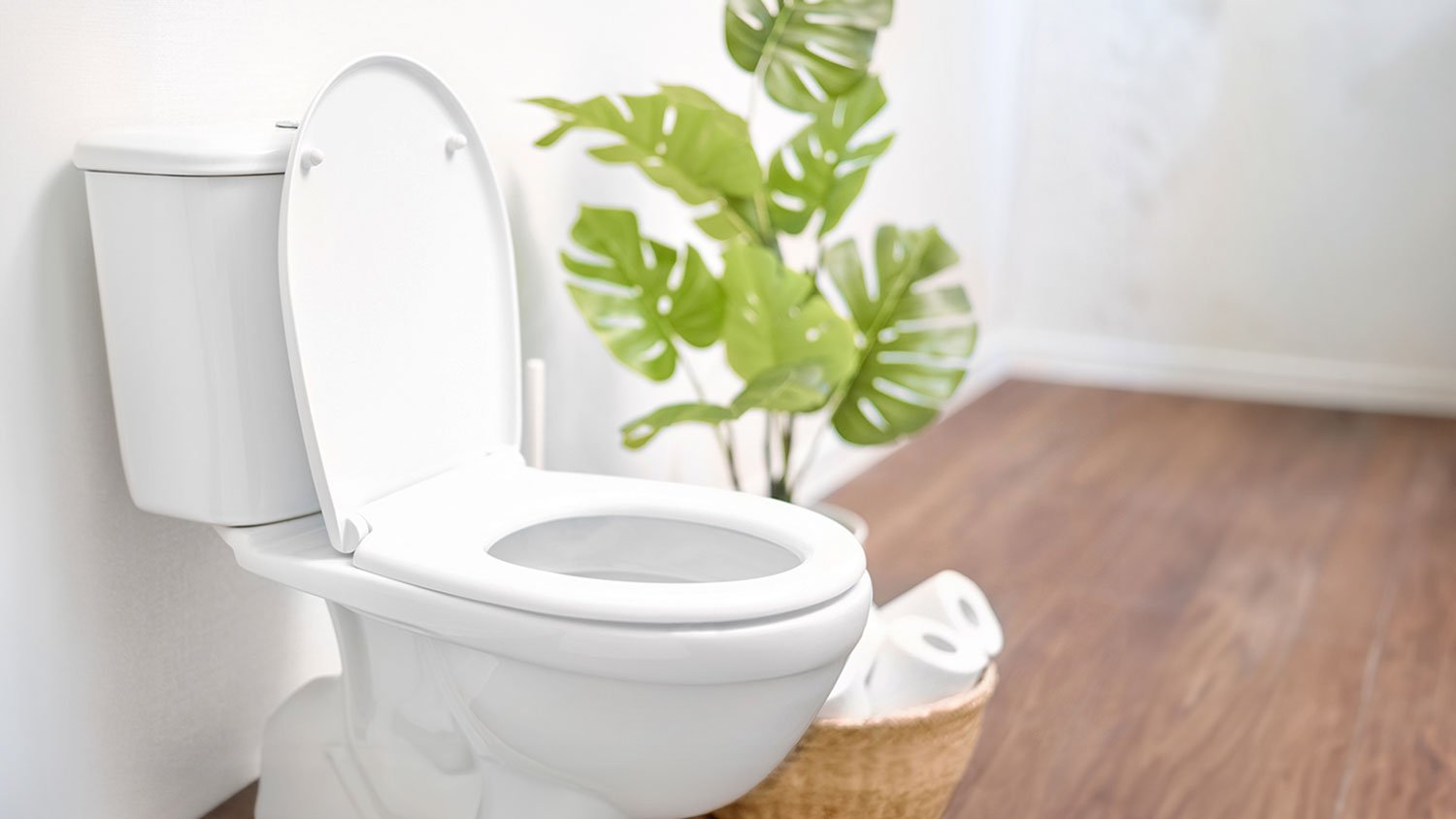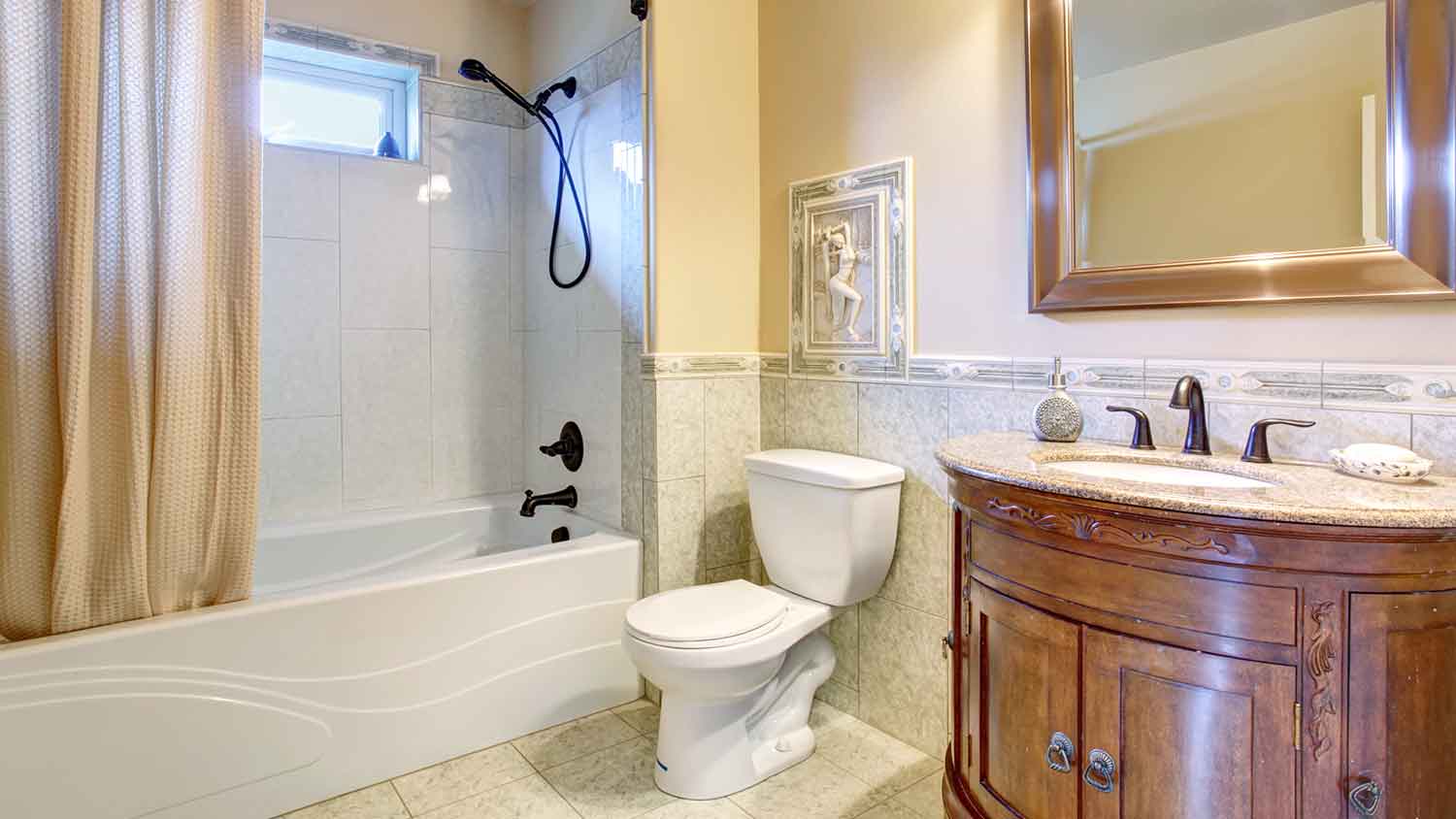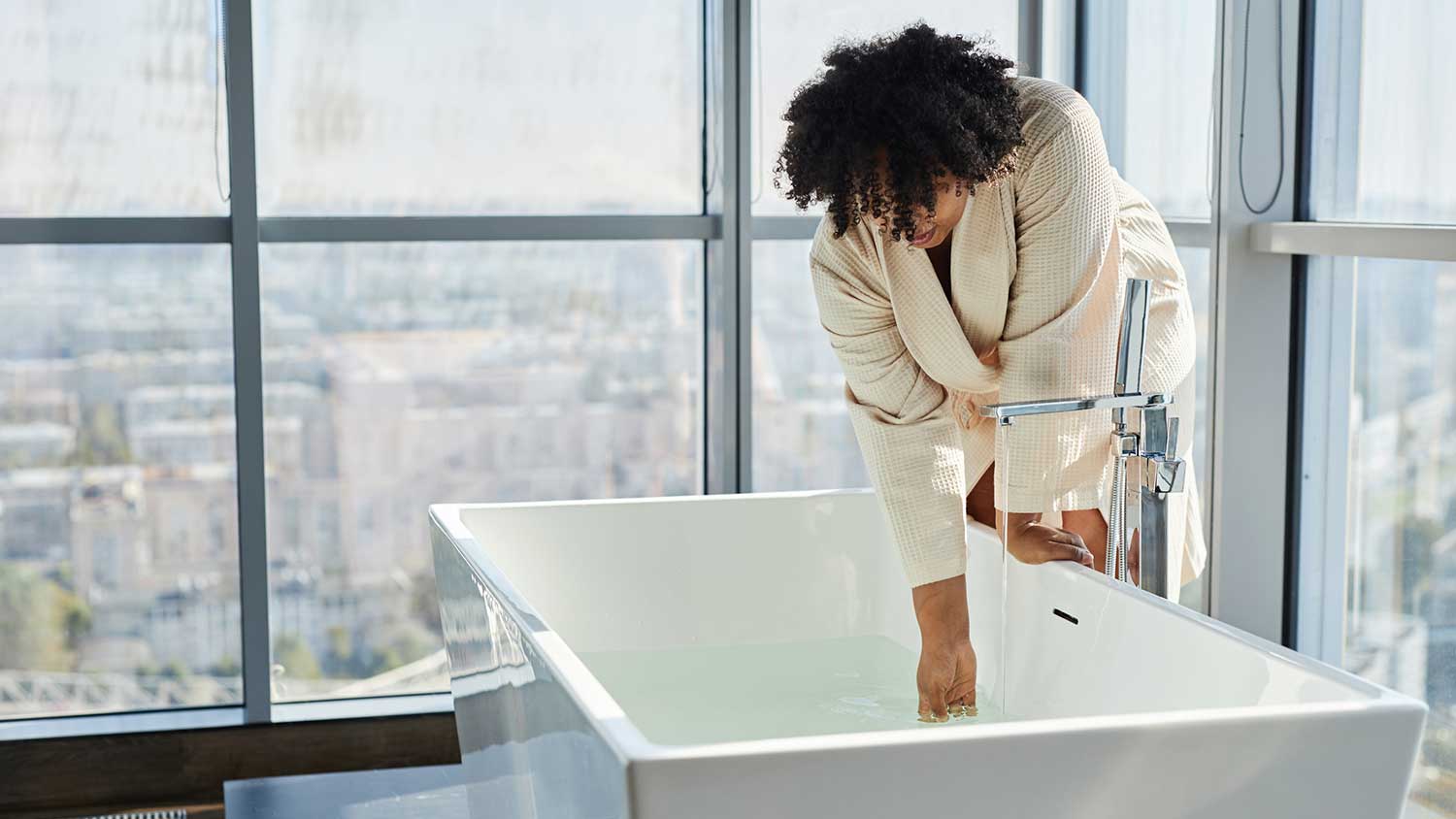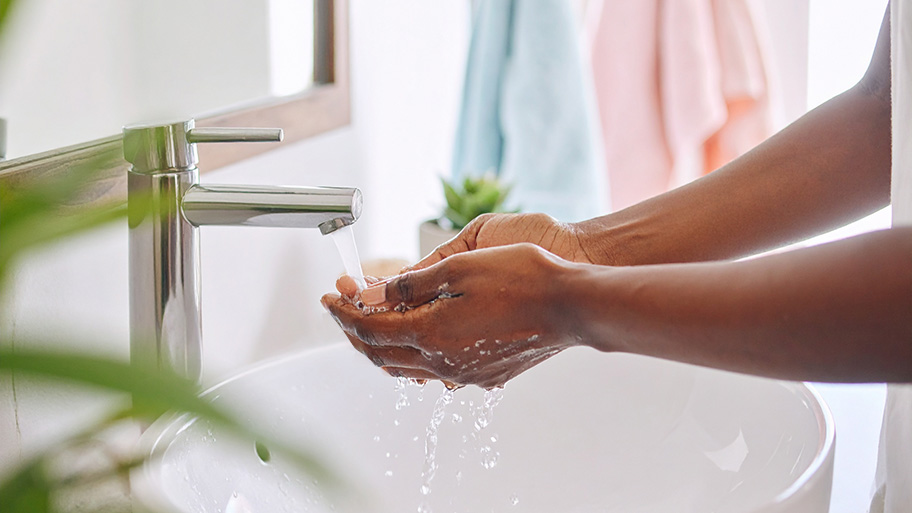
Making updates to your home? You may need to move your gas line to fuel new appliances or meet code regulations. We’ll cover the cost of moving a gas line, plus project tips.
If you’re wondering why there’s a basement toilet in the middle of the room, we’ve got answers


Pittsburgh toilets go back to the 1880s and up to World War II.
A sewage backup would hit the plumbing fixture closest to the ground, so these toilets kept sewage overflow contained in the basement.
They’re common all over the U.S., although some homeowners feel they’re a bit of an eyesore.
A bathroom remodeling contractor and a plumber can help you turn the toilet into a finished basement bathroom.
There’s something strange about walking down the basement stairs to see a random toilet out in the open. But once you discover the history of the Pittsburgh toilet, you’ll have some context for this seemingly out-of-place feature. Whether you decide to keep this piece of Americana or ditch it, it’s up to you.

A Pittsburgh toilet (also known as a “Pittsburgh potty”) is a standalone toilet installed in a basement in the middle of the room, with no walls for privacy. Sometimes, the space also includes a shower, sink, or concrete tub. Although they’re called Pittsburgh toilets, they’re not exclusive to that city.
Homes built between the 1880s and before World War II may have these fixtures. During this period, sewage backups were common. The filthy flooding would affect the home’s lowest plumbing fixture. Installing a basement toilet prevented sewage from seeping into the home’s main living areas, and homeowners could simply scrub the bare cement flooring to clean up.
The Pittsburgh toilet is a relic of a bygone era of plumbing, but its name comes from Pittsburgh’s booming steel industry. According to Today, when the city became an industrial hub in the late 19th century, steel workers would get covered in dirt, dust, and grime during their shift. Rather than tracking a mess through their home after work, they’d enter through the basement, where they’d clean themselves up. Think of it as an old-fashioned mudroom—but with bathroom fixtures like a shower and the notorious Pittsburgh toilet.
The Pittsburgh toilet seems a little awkward to some when removed from its historical context, but there are some reasons you may want to keep it:
You have a messy job or hobby and want an easily accessible and easy-to-clean toilet where you won’t drag dirt through your home
You’re planning a remodel that puts your other bathrooms out of commission
You only have one bathroom and could use an extra toilet
To preserve the history of your home
If you keep the toilet, consider adding some sort of enclosure, like a bathroom stall. With the plumbing hookups already in place, you can consider adding a bathroom if you plan to finish your basement.
Despite the rich Pittsburgh potty history, there are a few reasons you might not want one in your home:
Some homebuyers think of them as an eyesore, but it depends on personal preferences
Without a stall or enclosure, they don’t have the privacy of a toilet in a regular bathroom
If you don’t use it, it will be another fixture you’ll need to maintain
They’re mostly obsolete since modern plumbing can handle fixtures on multiple levels
If you’re not confident about removing a toilet yourself or don’t fancy struggling up the basement stairs with this bulky item, hire someone to disconnect and dispose of your outdated Pittsburgh toilet for you. Toilet removal costs $50 to $200, depending on the job. If you’re ready to say bye to your Pittsburgh toilet, don’t hesitate to call a toilet pro near you to remove it.

One thing is for sure—an extra bathroom is convenient. Since the Pittsburgh potty in your home is already functional, all you need to do is install walls, flooring, and fixtures. This is a bonus when you consider that the bulk of the cost to install a toilet is the labor to put in the toilet and the drainpipe. You could DIY parts of the project, but call a plumber in your area for plumbing work.
Why not take advantage of what you already have, especially if you’re doing a whole basement remodel? There are many reasons to add a bathroom to your basement, like increasing your home’s value. If you want to kick back and relax in your new game room, home theater, or hobby room, having a nearby bathroom in the basement will make the space even more convenient.
The cost of installing a toilet is between $225 and $550 for most homeowners. To add an extra toilet to your basement, you’ll pay slightly more if you don’t already have plumbing hookups and need additional piping. In some cases, you may spend as much as $1,300.
Since Pittsburgh toilets are mostly backup toilets to use after work or a messy hobby, you can choose a bare-bones toilet model to save some cash.
A Pittsburgh toilet—now considered an obsolete, historical feature—won’t add much value to your home on its own. If you already have a Pittsburgh toilet, consider converting the space into a half bath or a water closet. A bathroom addition does add value to a home, especially in one that only has a single toilet.
If you add a midrange or upscale bathroom to your home, you can expect an ROI of about 55%. A bathroom addition is particularly valuable if you only have one full bathroom, as a second bathroom can make the home more livable for large households with children.
You can save an average of 40% to 65% by doing the labor for a basement bathroom remodel project yourself. However, whether you want to tackle this time-consuming and technical job depends on your experience level and the project's scope.
If the plumbing is already in place and in good working order, and the basement is finished, it could easily be a project within reach of a handy homeowner. A large, unfinished basement with dodgy plumbing is a bigger challenge and one best left to a local bathroom remodeling contractor. You might need building permits and specialized equipment, and a licensed local plumber and electrician should deal with complex plumbing and wiring work.
From average costs to expert advice, get all the answers you need to get your job done.

Making updates to your home? You may need to move your gas line to fuel new appliances or meet code regulations. We’ll cover the cost of moving a gas line, plus project tips.

Plumbing inspection costs depend on the issue you’re looking into and the size of your home. Learn what you can expect to pay.

Under the sink, behind the tub, or through the walls—pipe replacement costs for small projects run the gamut. Here's what to know.

Most homeowners will eventually need to replace bathroom hardware. This guide breaks down bathtub faucet installation costs, so you can upgrade your bathroom.

If your faucet hasn’t been working like it used to, you might need a replacement. Here’s how to replace a kitchen faucet like a plumbing pro.

Plumbing a bathroom starts with knowing the steps for a successful DIY project. Follow this guide to learn how to plumb a bathroom yourself.